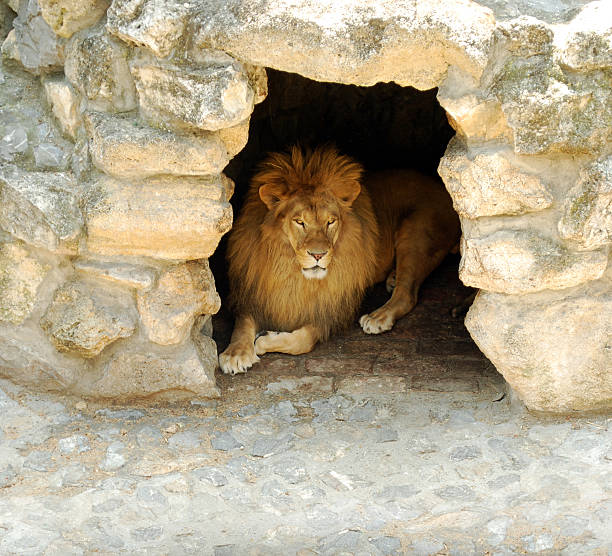A Stoic Take on Mental Health: The Lion & Cave
Something that I’ve grown to be extremely passionate, and borderline obsessed with, is the idea and relationship between pleasure and pain in our lives. It’s something from my experiences that I have attempted to parallel and understand more of. Looking generally, pain is “bad” and pleasure is “good” At least that’s what our brains receive it as. Our brains, which receive our pain and dopamine (pleasure) responses are understanding these chemicals in regard to our survival instincts hardwired into us as a species. Thousands of years ago, when we would run away from the lion or predators and towards food, security, and shelter in a nearby cave – that was the core specification of the pain/pleasure relationship as we run from pain and towards security through pleasure. It has kept us alive as humans for all of time, but why has this, in the 21st century, become such a problem? Well, we aren’t running away from Lions to begin with; the lion is our exams, societal pressures, and college midterms. In a 1st world country such as ours, those human needs are taken care of and exceeded with a consumption-based society. Our “cave” is social media, McDonald’s, fast fashion, travel, and a multitude of constant dopamine stimuli.

A key pillar of stoic philosophy is the relationship between pain and pleasure – rejecting pleasure in its dangers more prevalent in our society today than ever. In book 9 of Marcus Arelius’s book, Meditations, he described this relationship:
“ … Moreover, he who runs after pleasures as goods and away from pains as evils commit sin; for being such a man he must necessarily often blame Universal Nature for distributing to bad and good contrary to their desert, because the bad are often employed in pleasures and acquire what may produce these, while the good are involved in pain and in what may produce this…”
What does this tell us? Maybe scrolling Instagram and Starbucks are indeed the lion and not the cave. This reveals, from Marcus’s perspective, is that we quickly define pleasure as goods and pains as negatives in our society – whereas pain may provide the best “good” in our lives.

From me, and many of you, that reverse ideology may be very accurate. Studying for an exam is painful but good; running brings lactic acid, but is good; eating healthy doesn’t bring the same dopamine response, but is good. With respect to our mental health, it’s imperative to remember to be intentional and logical when defining the lions and caves of our lives. More importantly, defining what really is “good” and “bad” in the process.
Ethan McCarthy, Penn State University, 11/9/23